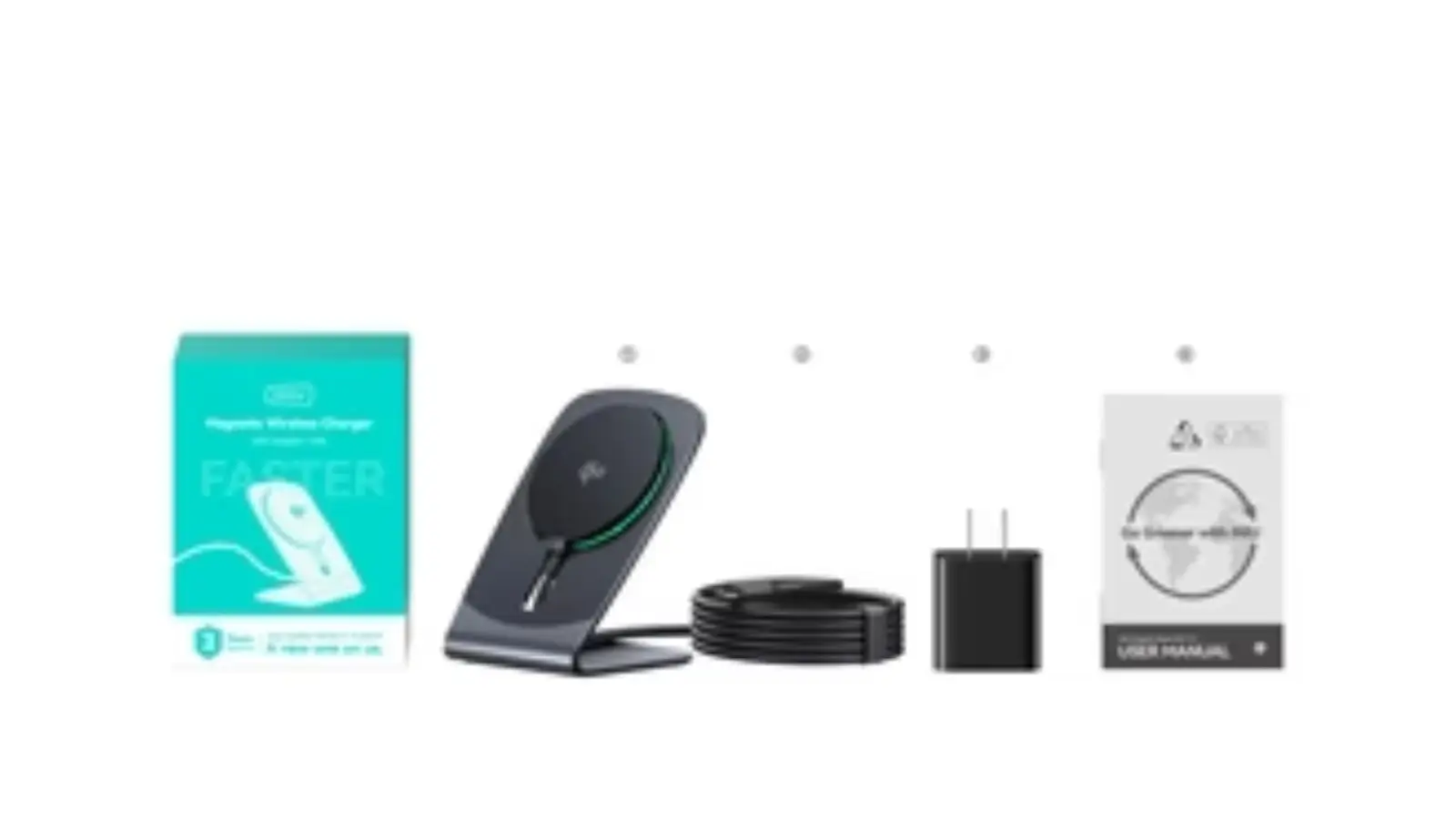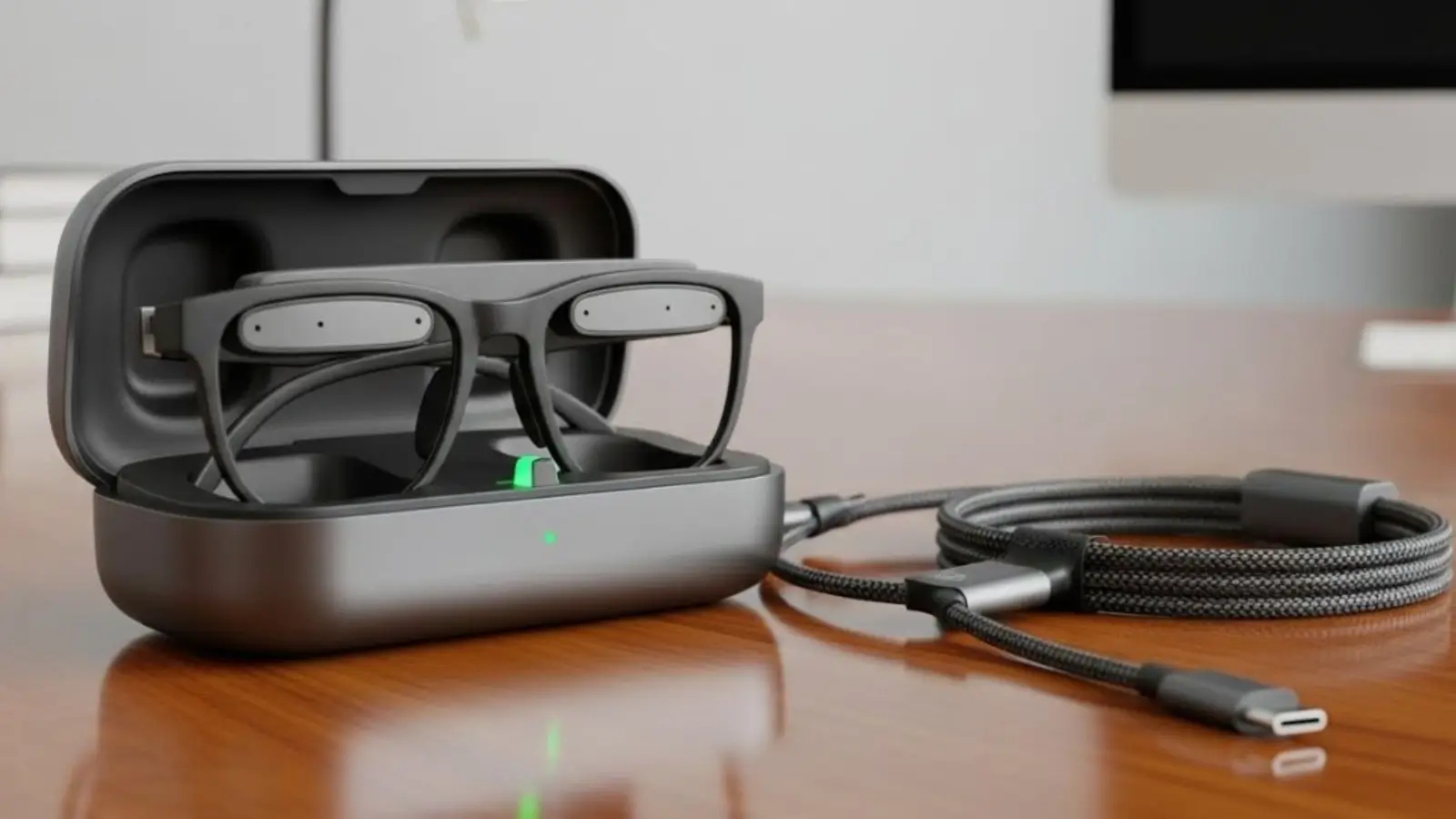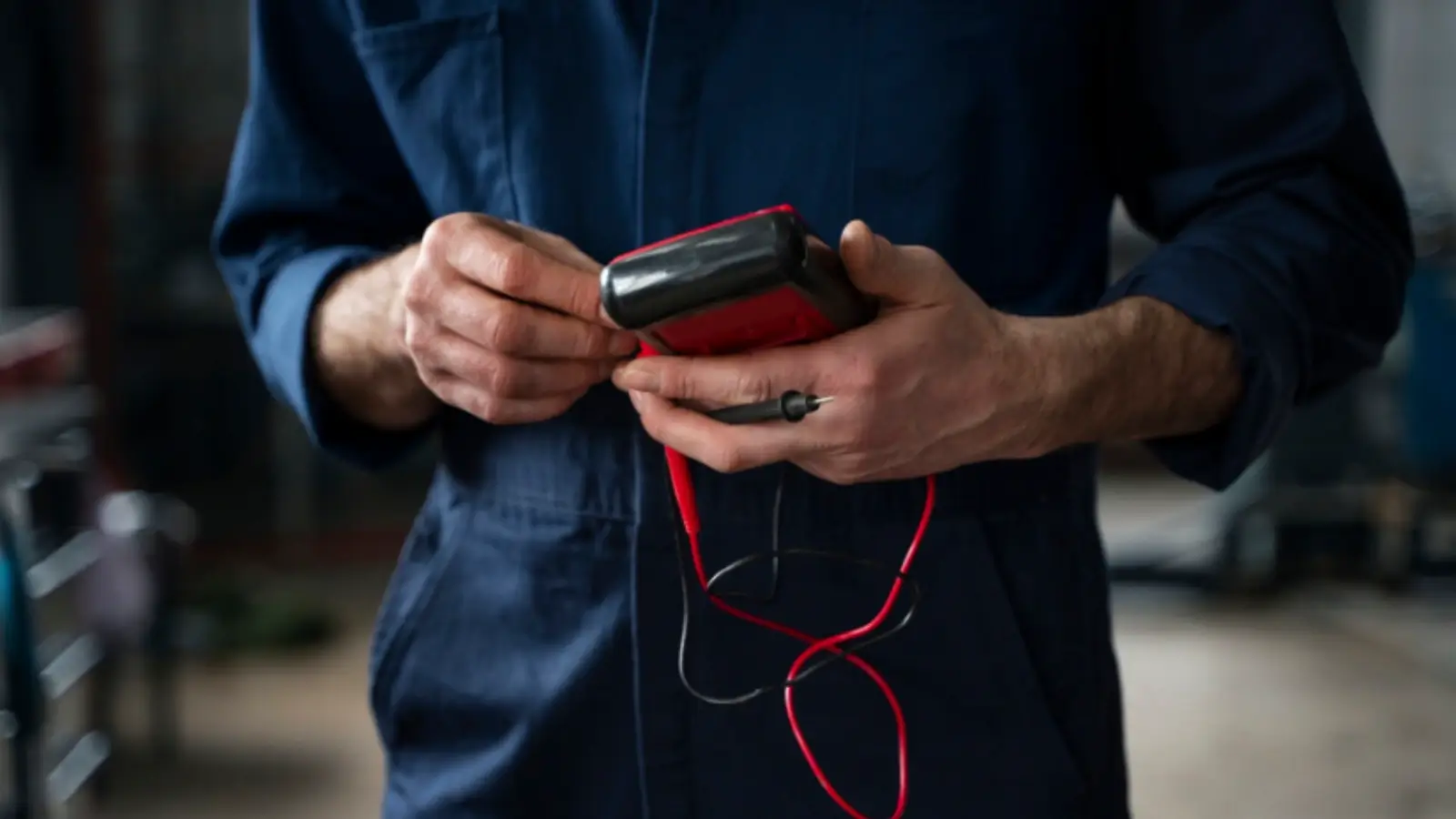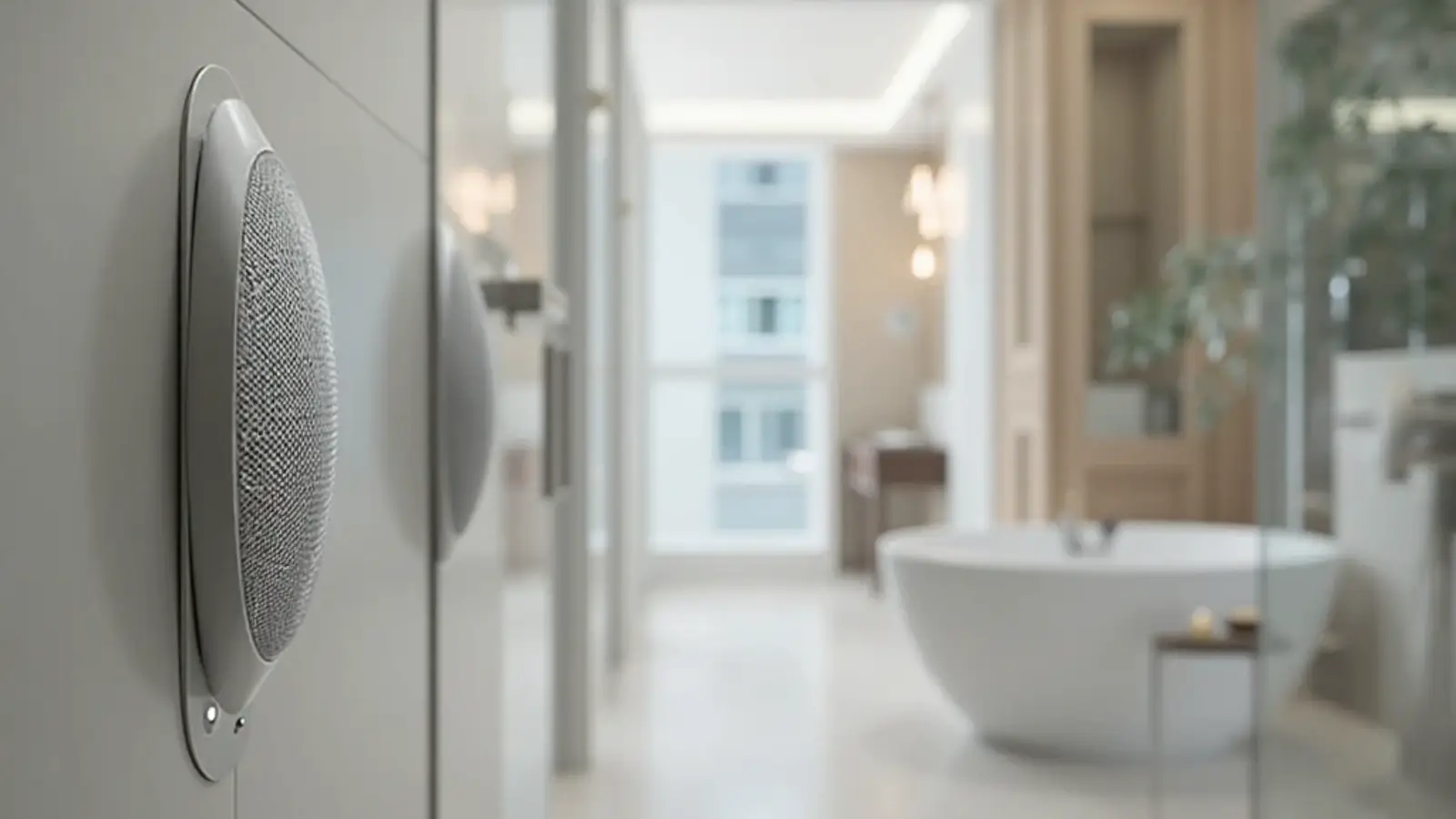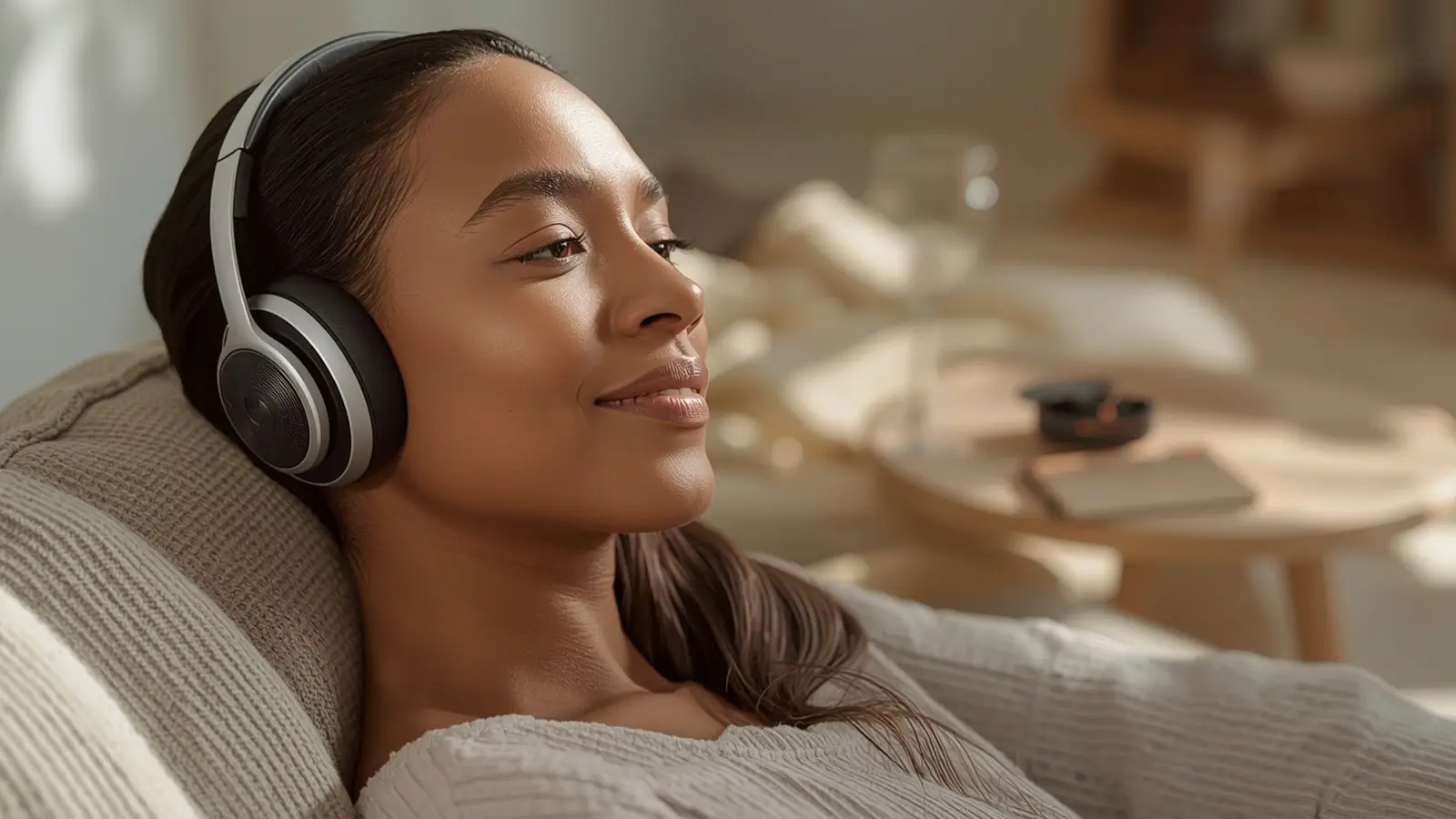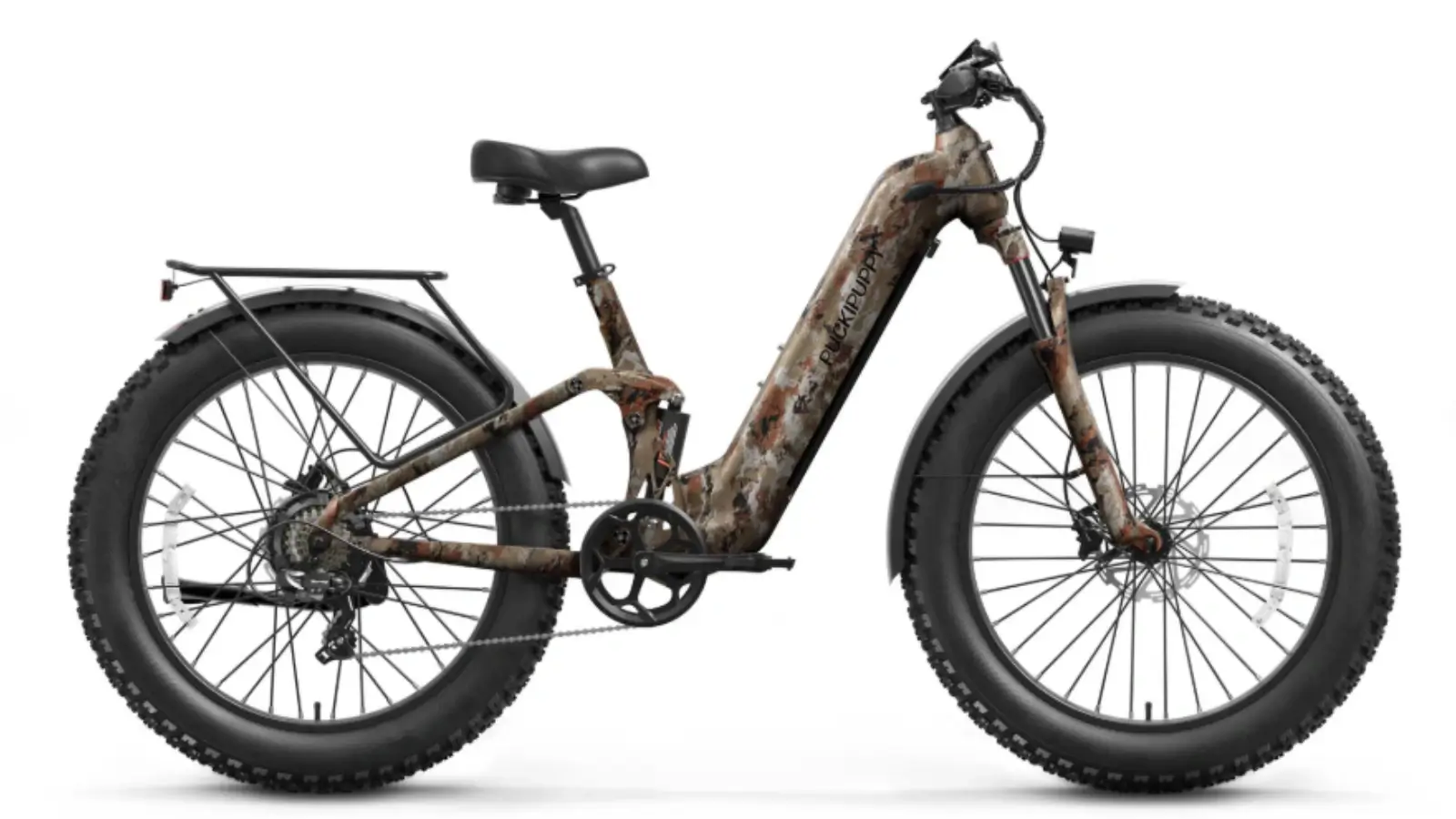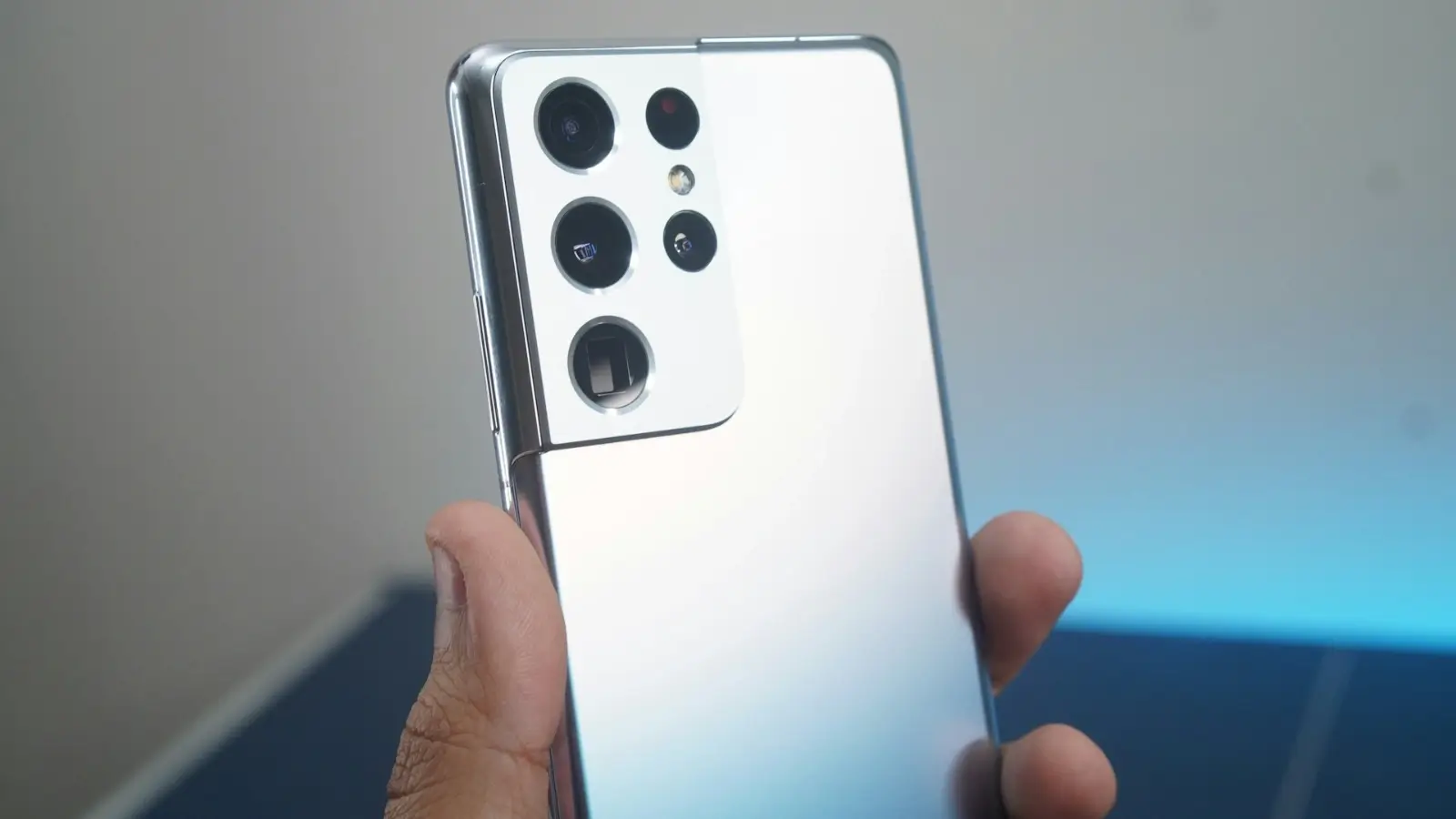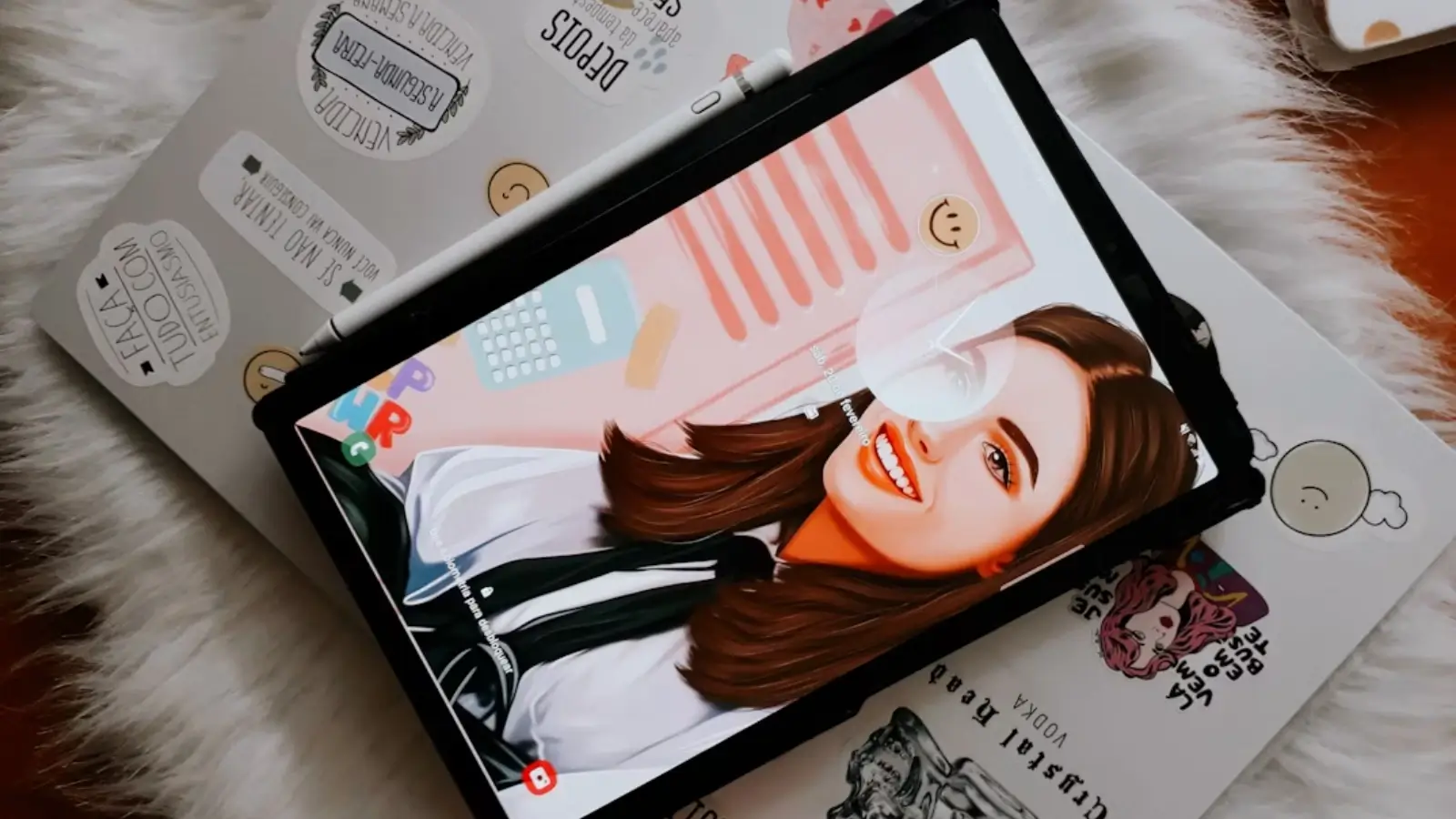And in the search for peace in a noisy world, noise-cancelling technology has become a must-have. But when you're ready to invest in your very own silence bubble, the choice usually comes down to two options: noise-cancelling earbuds or noise-cancelling headphones. Both offer tranquillity, but which one really stops the most noise? Speaking as someone who has evaluated hundreds of audio products over the past decade, it's not as simple a question as you might guess. By drilling into the science, the design, and each pair's real-world prowess, we can finally emerge from this acoustic duel.
Silence Explained: Passive vs. Active Noise Cancellation
Though, before we make these two compete against each other, we must have some understanding as to how each of these products gets you there: quiet:
Passive Noise Isolation (PNC):
This is the natural (physical) block. It's like putting in earplugs or shutting a door.
How it works: The earbud eartip (on noise cancelling earbuds) or the ear cup (on noise cancelling headphones) forms a physical seal over or inside your ear, blocking physical sound waves from the environment to enter into, or around, your ear canal. It works well, but only to the extent that the seal and materials will allow.
Blocks Best: These are mid-high-range sounds (talking, typing, traffic rumble, some engine noise).
Active Noise Cancellation (ANC):
How it works: The device has small microphones that detect incoming ambient noise. Advanced on-board electronics create a sound wave that is the reverse of the unwanted noise (anti-sound). And when these opposite waves meet, they interfere with each other [destructive interference], which reduces the apparent volume of the noise by a lot.
Blocks Best: Low-pitch constant droning sounds (airplane engines, train rumble, air conditioner hum, refrigerator noise). The finest noise-cancelling earbuds and ANC headphones use both PNC and ANC to achieve the most silence.
The Contenders: Design Dictates Defense
The size difference alone plays a massive role in how each type of cooler deals with noise:
Noise-Cancelling Earbuds (In-Ear):
-
Sealing: Sit in your ear canal and form a physical block (PNC). Good quality, well-fitting silicone or foam ear tips are key for the best passive isolation.
-
ANC Microphone Position: They usually ship with one external mic to pick up on ambient noise and one internal mic to listen to what you're hearing and adjust noise cancellation. The proximity to the ear canal enables ANC to counteract certain frequencies within said area adequately.
-
Size & Portability: Tiny in size, lightweight, and portable. Easy to slip into a pocket.
-
Battery Life: Typically shorter per charge because of size considerations, but charging cases supply a number of full recharges.
Noise Cancelling Headphones (Around-Ear / On-Ear):
-
Seal: Doubles around the outer ear with padded ear cups to form a barrier around the whole ear (PNC). But even something as basic as the size and material of the ear cups and how securely they're clamping is the difference between a good and bad seal.
-
ANC Microphones are Placed: More microphones are placed in larger sizes for positioning outside the ear cups. The roomier air chamber in the ear cup allows ANC more breathing space, especially when it comes to lower frequencies.
-
Size & Portability: Bigger and less pocketable. Typically foldable for travel, but they still take up more room than earbuds.
-
Battery Life: Usually a lot longer per charge, because they have bigger batteries.
Head-to-Head: Noise Cancellation Smackdown
Well, which is best as the silencer of the world? Let's take it by scenario:
Noise Cancellation: Pure Power (In The Bass):
Winner (Generally): Noise-Cancelling Headphones. This approach," says Dimitri on paper, "takes advantage of two things: a larger physical barrier created by their bigger ear cups, and, importantly, a more generous space for ANC to produce the opposing sound waves that are necessary to work against strong low-frequency rumbles. Top-tier ANC headphones like the Sony WH-1000XM5 or Bose QuietComfort Ultra make the best benchmarks in terms of taking the roar of an airplane engine, the rumble of a subway car, and the drone of heavy traffic down to next to nothing. Moving more air is a natural advantage over the deepest bass notes.
Total Noise Isolation (PNC + ANC):
Winner (Highly Situational and Depends on Fit): Tied – Slight edge to SO earbuds for highs, headphones for lows.
High-Frequency Sounds (Chatter, Birds, Sirens):
Again, the noise-cancelling earbuds often have the advantage here. Their in-ear seal offers better passive isolation versus these more 'piercing' noises. ANC helps, but the physical barrier is what matters. Exception: If an earbud fit isn't tight, isolation drops significantly. Headphones are also great with high frequencies because they have large ear cups that can passively block those signals if they seal properly.
Mid-Frequency Sounds (Office Chatter, TV Noise):
Both can really work. (and the same goes for good noise-cancelling earbuds that form a good seal and have a decent ANC) ANC headphones do very well too, both for their passive seal and ANC processing.
Low-Frequency Noises (Planes, Trains, AC):
Just as before, ANC headphones in general retain the upper hand thanks to the beefy drivers and acoustic chamber.
Comfort for Extended Wear:
Winner: Depends on Preference. Others prefer the less obtrusive in-ear style. And some, like those noise-cancelling earbuds, are lightweight and easier to wear in warm climates. Some enjoy the "floating" sensation of premium ANC cans that don't exert pressure on the inside of the ear canal. But, ill-fitting earbuds might lead to ear fatigue, and headphone heat or head/ear pressure may accumulate over hours. Comfort is the main priority on top-tier models in both categories.
Portability & Convenience:
Winner: Noise-Cancelling Earbuds. Hands down. Their small size and charging case make them perfect for travel, commutes, gym (if ranked), and shoving in a bag or pocket. Active noise-cancelling headphones take up dedicated room in a bag, whether or not they are folded.
Battery Life:
On a single charge, with ANC (active noise cancellation) on, you can expect 20-40 hours. Some of the more modest of the noise-cancelling earbuds manage 5-10 hours per charge, but their cases also offer 2-4 recharges, resulting in a claimed total usage time of around 20-40 hours before a wall socket is required. Headphones are still the winner for continuous, long-haul listening.
Real-World Use: Where Each Shines
Choose Noise-Cancelling Earbuds If:
-
Your main background tracks are talk, typing noise, and street noise (high frequency).
-
Top priorities are portability and discretion (commuting, travel, office).
-
You intend to use them in the gym or for working out (make sure they are secure and have an IP rating).
-
You wear glasses (headphones can sometimes rub against the arms).
-
You prefer a minimalist feel.
Choose Noise-Cancelling Headphones If:
-
You want the most possible muting of low-frequency droning (airplanes, optioned-up trains, bad HVAC).
-
You want the best sound quality and an immersive experience (bigger drivers tend to offer better soundstage and bass).
-
Long listening sessions are the norm (long flights at work).
-
Long-period comfort without ear canal pressure is important.
-
Mobility is not so critical.
Beyond the Block: Other Considerations
Sound Quality:
Headphones may have the upper hand simply because they have bigger drivers and can provide a more expansive soundstage and richer bass. That said, flagship noise-cancelling earbuds, such as the Sony WF-1000XM5 or Bose QuietComfort Ultra Earbuds, sound fantastic.
Call Quality:
It goes without saying how important this is for remote work. Seek out models with improved beamforming mics and less wind noise. Performance spans the gamut between models in both categories; read the reviews.
Transparency / Awareness Modes:
Ideal for visiting or hearing announcements without cutting out. Quality varies; test if possible.
Fit is KING (Especially for Earbuds):
All the fancy technology in the world can't overcome a bad fit. Play around with various ear tip materials and sizes (foam usually creates the best passive seal).
Price:
You'll find great options at a range of price points in each category. For the most part, higher-end models have the best ANC.
Conclusion: Silence is Personal
Comparing noise-cancelling earbuds and ANC headphones is not so much about deciding which one is better, but rather about finding the best tool for your particular noise and lifestyle. If your primary mission is to conquer the deep rumble of a transatlantic flight, well, they make top-end noise-canceling headphones a pittance. If what you really want is the most effective silence from your daily commute, office chatter, or the incessant hum of the gym in a pocketable form, then the leading options in modern noise-cancelling earbuds are technological miracles that offer up some outstanding peace.
I have used both far too much over the years, and the over-ears are only coming on short trips or not at all, so regular old noise-cancelling in-ears go with me on day-to-day life missions. But what about on that long-haul flight or when I have to be absolutely shut off from the world, and the quietest possible experience? My ANC headphones are still my sanctuary. The right one for you is the one that fits in with your life and effectively mutes out the noise you're trying to get away from. Try them out if you can, focus on fit and your noise-in-the-way demands, and love how much of a difference true silence can be.
FAQs
I've read that ANC can be bad for the ears, possibly leading to pressure in the ears or headaches. Is this common?
For some people, there is a mild sensation of eardrum "suck" or pressure, especially with very strong ANC systems or with quick pressure changes, such as when you take off in a plane. How much this is depends on the person and how the ANC works. Most will acclimate, and many newer devices will even allow you to adjust the amount of ANC (some with pressure-relief settings).
Do noise-canceling earbuds or headphones block sounds completely?
No technology blocks all sound. All of which is that abrupt, loud noises (a barking dog, a slamming door, a siren) are much more difficult to cancel out than a steady drone. The aim is severe attenuation, not complete silence. And on that front, both are excellent at conveying a much quieter, more focused listening experience.
Are noise-cancelling machines safe to use? Could they damage my hearing?
In moderation, yes, they are safe. In fact, by limiting how loud you crank up the volume level to overcome background noise, they can preserve your hearing. But remember to stay attuned to the world around you, and when walking or cycling, transparency modes can help ensure you'll stay in touch with your environment. In and of itself, ANC technology doesn't injure your hearing.
How much do you need the fit to get noise-canceling in-earbuds?
Fit is absolutely the most important thing for passive isolation and ANC performance on noise-cancelling earbuds. A bad seal, and it doesn't work worth a damn. And always test all of the included ear tip sizes (S, M, L), and consider aftermarket foam tips (such as Comply) for a better, more comfortable seal that blocks more noise.
Can noise-cancelling headphones function without music in them?
Yes! Noise-Cancelling Earbuds vs ANC Headphones – these are able to eliminate background noise even when no sound is played. This is great for making quiet in a noisy environment to read, work, or relax. Battery life is lost in any ANC mode, whether Music Playback is in "off" mode or in "on" mode.
Will noise-cancelling make me sleep on an airplane?
Absolutely. Noise-cancelling headphones (specifically) would help you get to sleep on planes or trains, much more effectively, with a greatly reduced constant engine hum. Pair them with a set of cozy earplugs for full effect, or use them by themselves, playing white noise or soothing sounds. If you're a side sleeper, opt for comfortable, low-profile designs.










